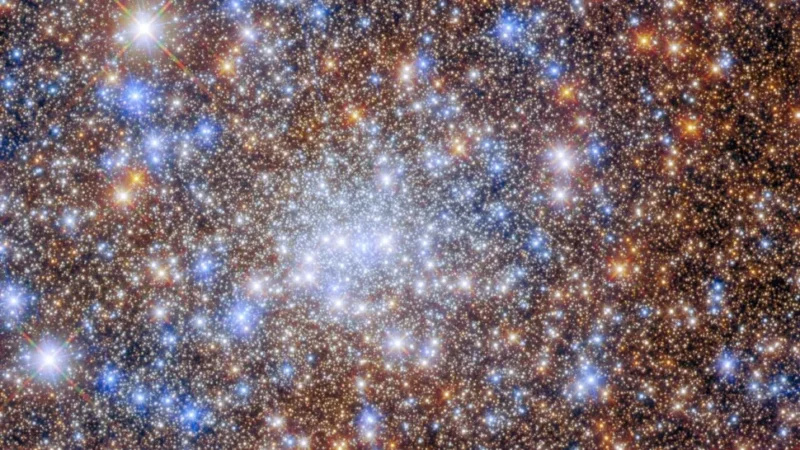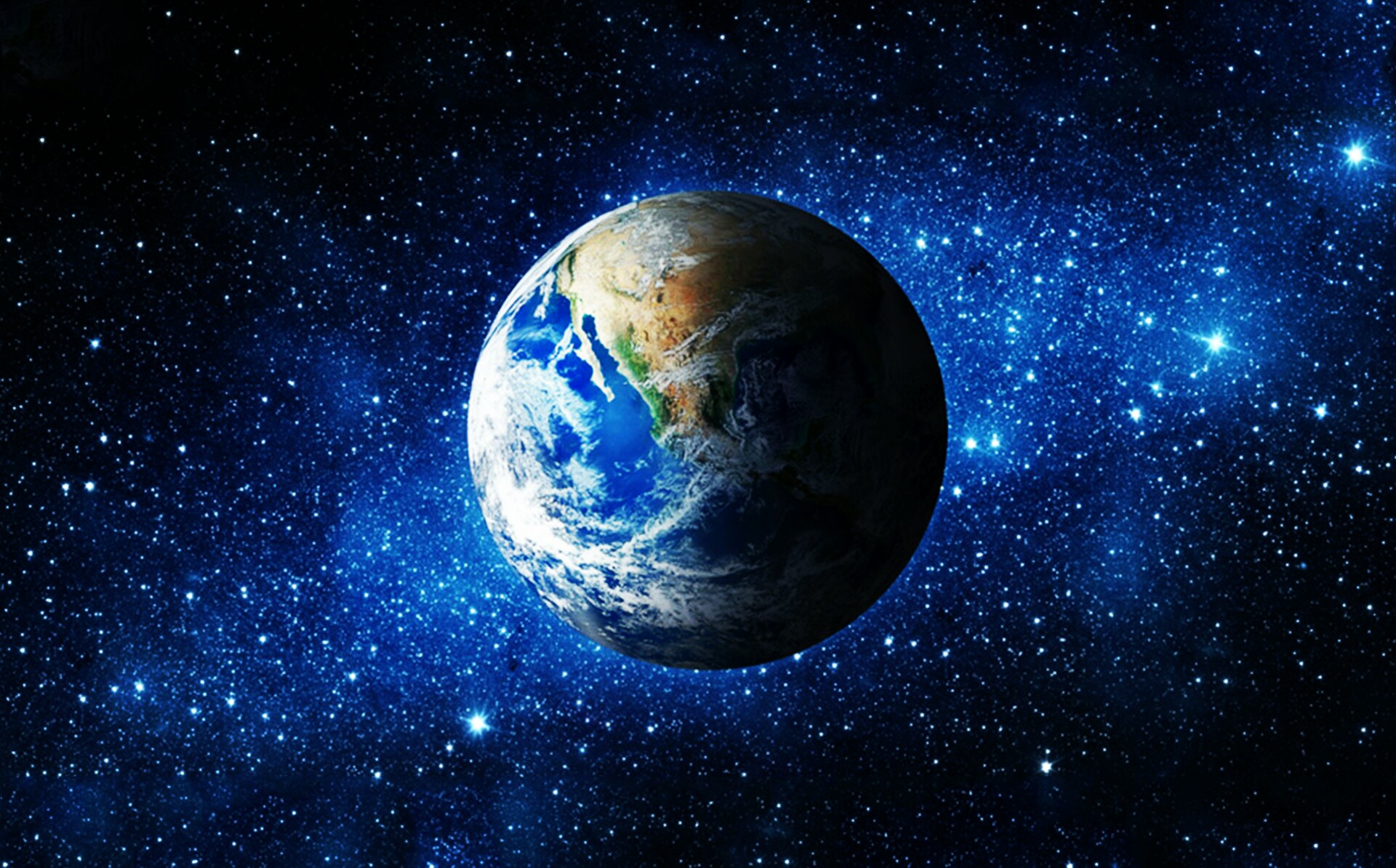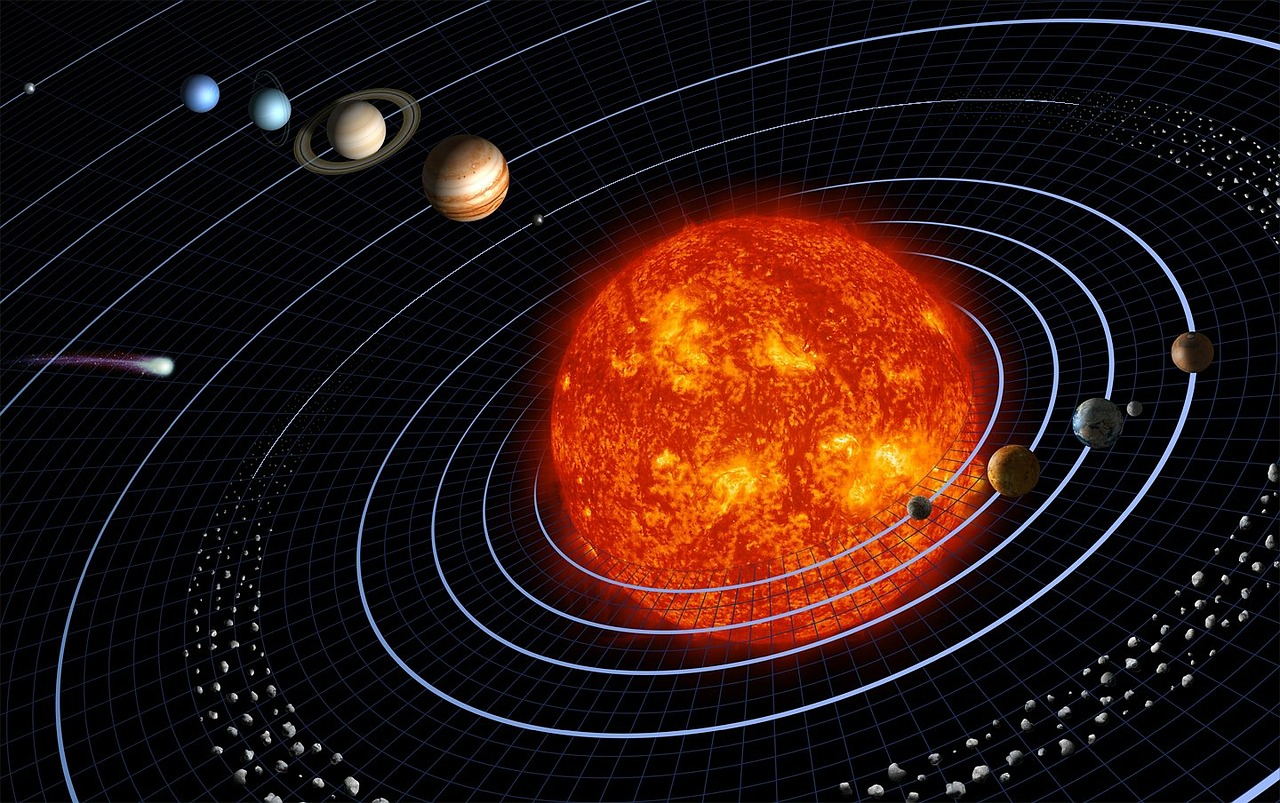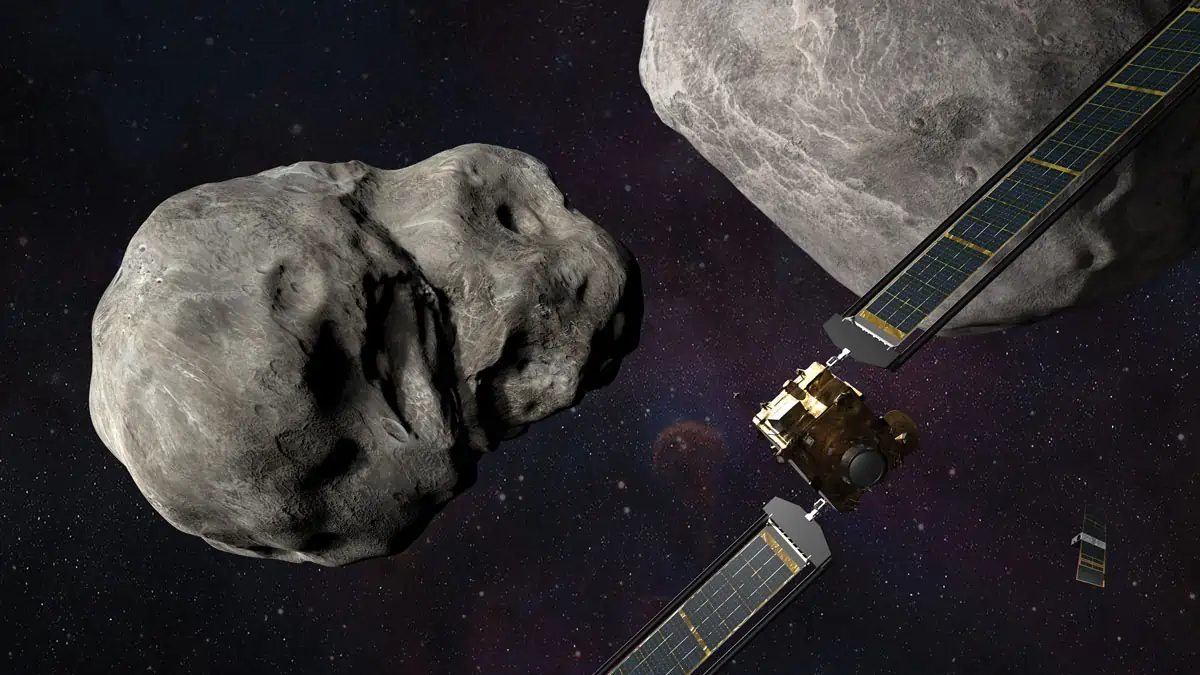The Hubble Space Telescope image depicts a dazzling array of stars

Even in its old age, the Hubble Space Telescope is still providing us with stunning views of distant objects in our universe. In this case, it has given us a glimpse into the enormous star cluster Terzan 4. This cluster is packed with stars, and Hubble’s view of it is a real treat for the eyes.
The iconic Hubble Space Telescope is often used by NASA and the European Space Agency (ESA) to examine areas of the universe that cannot be seen clearly from Earth’s surface because the atmosphere of our planet distorts key details in the distant light. However, massive groupings of stars known as globular clusters, such as Terzan 4, are ideal targets for space telescope research.
The Milky Way’s halo, or the hazy regions at the top and bottom of the celestial stream as seen from Earth, includes numerous well-studied globular clusters. This halo contains certain globular clusters, such as Messier 55, although Terzan 4 is not one of them. Instead, it lies in a difficult-to-observe region of our galaxy, making it a prime target for Hubble’s sophisticated equipment.
Millions of stars are gravitationally drawn into spherical structures called globular clusters. These cosmic aggregates contain stars that are around the same age but may have various hues. At first glance, that shouldn’t make sense because a star’s hue might reveal its age.
In recent years, researchers have found that the so-called “blue stragglers” are probably two older stars that collided to produce a younger star. These collisions must happen. One light-year, or one-fourth of the distance between the sun and Proxima Centauri, is the average distance between each star in a globular cluster.
Previous research has suggested that intermediate-mass black holes, or those with masses between 100 and 100,000 solar masses, may also reside in globular clusters and potentially erupt into interstellar space from them.
One light-year, or one-fourth of the distance between the sun and Proxima Centauri, is the average distance between each star in a globular cluster.
Previous research has suggested that intermediate-mass black holes, or those with masses between 100 and 100,000 solar masses, may also reside in globular clusters and potentially erupt into interstellar space from them.
Globular clusters are beautiful, but Terzan 4 is hard to view since it is close to the Milky Way’s core, where extinction—another barrier to observations—is caused by dust and gas surrounding the galactic hearth.
Unlike globular clusters elsewhere in the sky, these globular clusters, as ESA representatives wrote in an image description published Sept. 12, have evaded detailed observation because of the clouds of gas and dust swirling around the galactic core.
Hubble was up for the challenge, though. In order to minimize the effects of extinction on Terzan 4, astronomers used the sensitivity of two Hubble sensors, the Wide Field Camera 3 and the Advanced Camera for Surveys.
It will be possible to observe how these stellar cornucopias change throughout time due to Hubble’s “crystal-clear” vision.
Auto Amazon Links: No products found.


